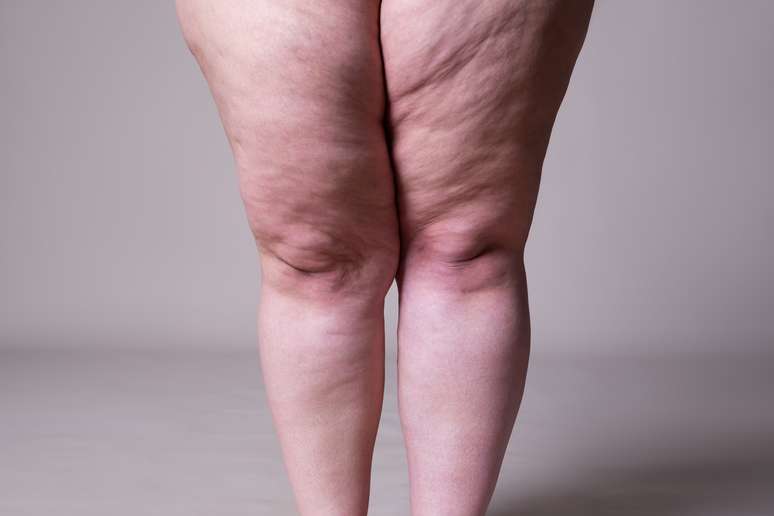In Brazil, 5 million people live with a condition that causes a feeling of heaviness in the legs and bruises
We are in awareness month lipedema, an important period for patients who suffer from it and for us healthcare workers who dedicate a life of study and work to the vascular area. Lipedema Month helps address this very common, underdiagnosed and poorly understood health problem.
Although it is a relatively “new” disease in the common sense, data from the Universidade Paulista (USP) shows that one in ten women suffers from lipedema worldwide and, in Brazil, probably 5 million live with this condition and don’t know it. This is because lipedema can often be confused cellulite. It differs, however, in the disproportionate accumulation of inflamed fat in the lower limbs and arms. Furthermore, it causes pain when touched, feeling of heaviness in the legs, tendency to bruise and, in advanced stages, reduced mobility.
There are ways patients can more easily identify lipedema. Some of them are:
1. Know the symptoms
As I often say in my consultations, lipedema is characterized by the disproportionate and symmetrical accumulation of fat in the extremities. Different from cellulite, presents peculiar symptoms, such as pain when touched, a feeling of heaviness in the legs, a tendency to bruises and, in advanced stages, reduced mobility. Early identification of these signs can facilitate a quicker diagnosis.
2. Notice the differences
…
See also
Cellulite: what causes it, degrees and how to eliminate it
“My leg has become gigantic,” says Yasmin Brunet, revealing that the BBB has worsened her lipedema
Lipedema by Yasmin Brunet: understanding how smoking is linked to disease pain
Lipedema: Disproportionate accumulation of fat in the legs has an explanation and treatment
Centella Asiatica (Cica): what it is for and benefits
Source: Terra
Ben Stock is a lifestyle journalist and author at Gossipify. He writes about topics such as health, wellness, travel, food and home decor. He provides practical advice and inspiration to improve well-being, keeps readers up to date with latest lifestyle news and trends, known for his engaging writing style, in-depth analysis and unique perspectives.









